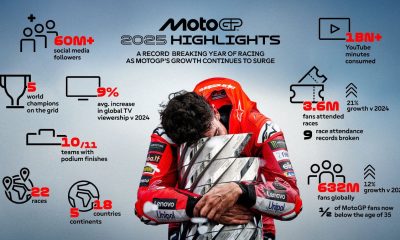Explore Kawasaki’s new voice command subscription for motorcycles. Is it a game-changer or just another cash grab?

Subscribe to our Telegram channel for instant updates!
The integration of voice commands into modern technology is nothing new. From Siri and Alexa to Google Assistant, our devices are increasingly responding to spoken instructions. While this is common in cars, motorcycles have lagged behind—until now. Kawasaki has introduced its own voice command system, but with a twist: it comes with a paid annual subscription.
The Rise of Voice Command in Motorcycles
Voice command technology in vehicles is designed to enhance convenience and safety. Many premium motorcycles already support voice commands through Apple CarPlay and Android Auto. This allows riders to make calls, play music, check the weather, and even access navigation hands-free. Kawasaki, however, is taking this further by developing its proprietary voice command system, integrated with Cerence voice recognition software.
According to reports, this new system offers 18 different voice commands. This enables riders to control various functions without taking their hands off the handlebars. While this sounds like a great innovation, the real controversy lies in Kawasaki’s decision to monetize the feature with an annual subscription model.
The Subscription Model: Smart Business or a Cash Grab?
Unlike the built-in voice command systems on other bikes that leverage existing smartphone assistants, Kawasaki’s system requires a yearly payment. What makes this even more unusual is that the license is tied to the owner, not the motorcycle. This means if you own multiple Kawasaki bikes, you can use the feature across all of them. However, if you sell your bike, the new owner will have to purchase their own subscription.
This raises questions about Kawasaki’s motives. Is this an attempt to provide an enhanced user experience, or is it a strategy to lock riders into the Kawasaki ecosystem? It also raises concerns about whether second-hand buyers will be forced to pay extra just to access a feature that might otherwise come standard in competing brands.
Technical Requirements and Potential Drawbacks
For riders to use Kawasaki’s voice command system, they need a Bluetooth headset with a microphone, a smartphone running at least Android 11 or iOS 15, 3GB of RAM, and 2GB of free storage. While these requirements are not overly demanding, they do add an extra layer of complexity compared to existing voice command options like those integrated with Cardo or Sena communicators.
Safety is another issue. The core argument for voice commands is that they reduce distractions by keeping hands on the handlebars. However, engaging in voice conversations while riding still demands cognitive attention, which can take focus away from the road. While it’s true that many riders already use Bluetooth headsets for communication, adding another layer of interaction could increase mental load, leading to potential safety risks.
Is It Worth It?
The biggest question remains: is this subscription model justifiable? Many riders already have access to free voice assistants through their smartphones, and Bluetooth communicators provide similar functionality without an additional cost. Paying a yearly fee to talk to your motorcycle might appeal to a niche market, but for most riders, it seems like an unnecessary expense.
This could be an opportunity for Kawasaki to offer more than just basic commands. If the system provided real-time motorcycle diagnostics, proactive maintenance alerts, or even AI-driven ride coaching, then perhaps a subscription model would make sense. But as it stands, this seems like an attempt to charge riders for a feature they could get for free elsewhere.
The Verdict: A Gimmick or a Game Changer?
Kawasaki’s decision to introduce a paid voice command system is a bold move, but it remains to be seen whether riders will embrace it. While some tech enthusiasts might appreciate the convenience, many will likely see it as an unnecessary cost. With safety concerns and the existence of alternative free solutions, it’s hard to justify an annual fee for what should be a standard feature.
So, would you pay to talk to your motorcycle? Or is this just another way for manufacturers to squeeze more money out of riders? Let us know your thoughts.































Facebook
Instagram
X (Twitter)
YouTube
LinkedIn
RSS